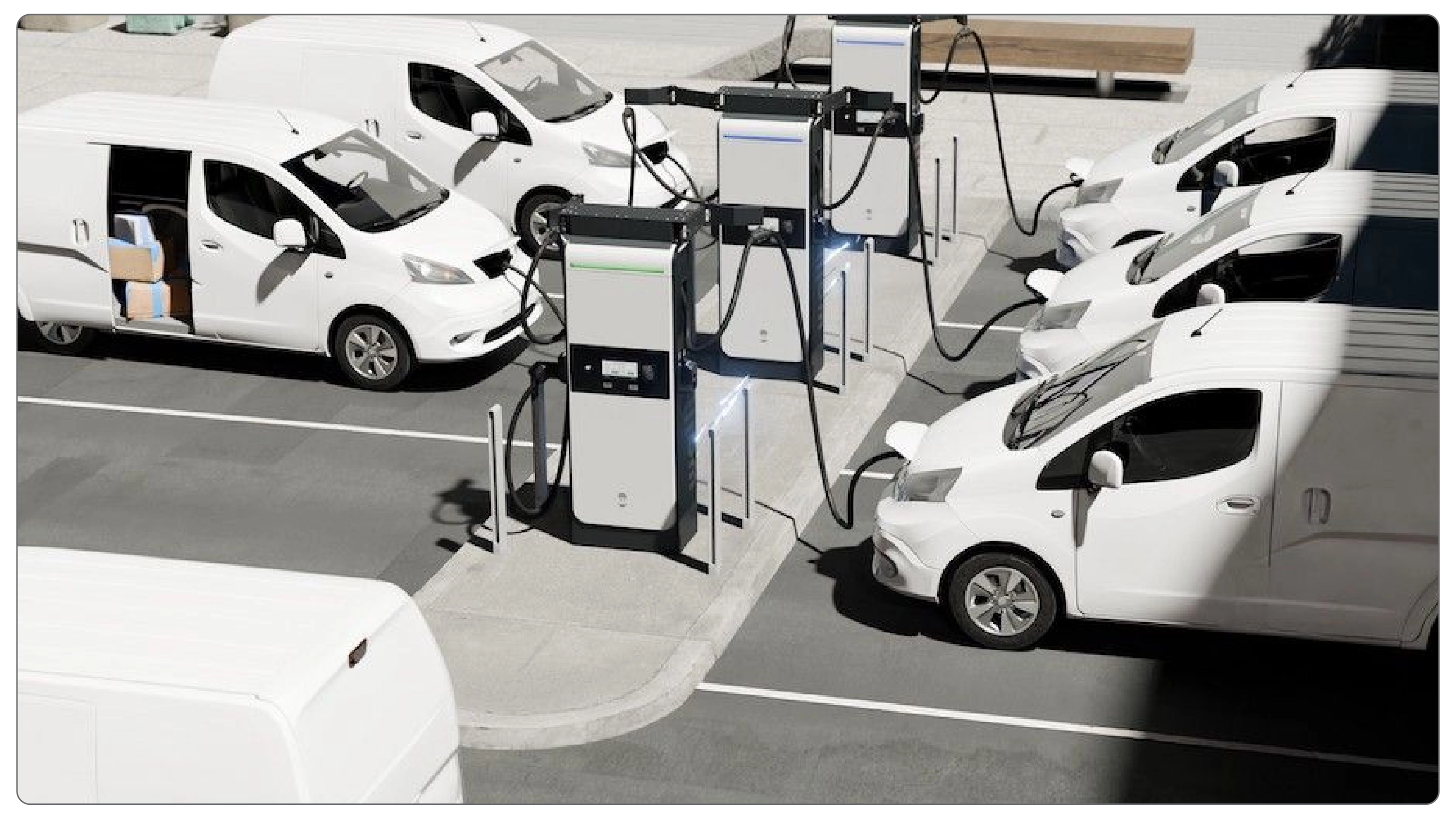November 2025
Wallbox, a prominent developer of electric vehicle (EV) charging and energy management products, has launched its latest product, the Supernova PowerRing. This modular fast-charging application aims to transform high-power EV charging. The PowerRing provides 400 kW to one vehicle and allows a cumulative shared system capacity of 720 kW. A high-power charging system, with a modular design, enables the Wallbox to assist operators in maximizing installed capacity. This minimizes infrastructure costs and improves drivers' experience.

The Supernova PowerRing enables several Supernova chargers and the Wallbox family of fast DC chargers to be networked together in a smart system that shares energy among units. This networked model ensures that every outlet delivers optimal performance in response to real-time demand. PowerRing enables operators to effectively offer a range of vehicles by pooling idle power, avoiding excessive construction, and minimizing energy waste.
The PowerRing architecture is scalable to installed capacities, with three Supernova units and six outlets being connected to a single system. The operators are offered the option to choose capacities of 240, 480, or 720 kW, based on site-specific conditions, and increase them as EV adoption grows.
The unitary design of the Supernova PowerRing simplifies servicing and future upgrades. As the EV movement accelerates worldwide, the ability to scale installations is becoming a key competitive advantage for operators and supports the growth of the EV driver ecosystem. PowerRing also features advanced network management and monitoring. By combining power delivery technology with smart energy management, PowerRing represents a significant leap in the evolution of fast-charging technology.
Eduard Castañeda, Chief Product & Technology Officer, Wallbox
“Operators need charging systems that make economic sense today while being ready for the future. Supernova PowerRing was designed to do exactly that, delivering flexibility, performance, and reliability, all within a remarkably compact footprint. It allows operators to serve more drivers with less space, less cost, and less complexity, while maintaining a focus on charging speed and user experience.”
November 2025
November 2025
November 2025
November 2025